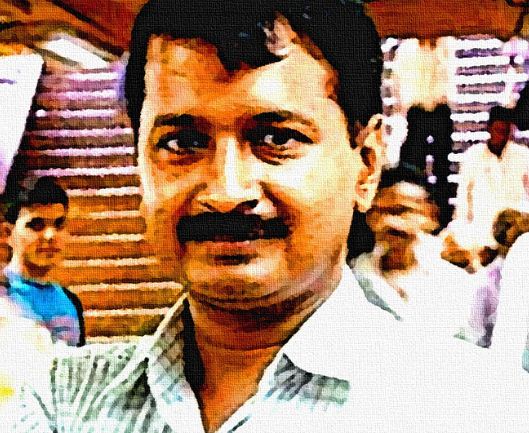Arvind Kejriwal (Kejriwal) is now considered the biggest disruptor of Indian politics. He is equated with the likes of Narendra Modi and Rahul Gandhi within a short time after entering the political arena. He was twice elected as the chief minister of India’s capital Delhi despite facing the biggest national parties of the country. The results of 2017 Punjab and Goa assembly elections are expected to raise the image of Kejriwal’s Aam Aadmi Party (AAP) as a national party with presence in multiple states. AAP might even spread its wings in South India due to its appeal among the educated middle-class.
What explains the rise of Kejriwal?
The answer is people are looking for change. The rise of BJP in the early 1990s after the demolition of Babri Masjid gave a worthwhile alternative to Congress which did not seem to come out of dynastic politics. BJP has now grown to be an unstoppable national force and has even won a full majority in Parliament. But it still cannot come out of the shadow of RSS. Now, AAP says that it will provide an alternative to BJP.
The main loser of AAP’s rise is Congress. It is gaining in states where the latter used to be strong. Kejriwal simply offered an alternative to the Congress Party which has lost is narrative. Moreover, as Kejriwal and AAP still have a clean image, he promises a new brand of pro poor politics free from the corruption and inefficiency of Congress and religious chauvinism of BJP.
Congress can find its future at stake if cannot change its ways. Similarly, AAP too should not fall prey to complacency.
India needs more Kejriwals for democracy to deepen in the country. I only hope that Kejriwal changes his anti-business rhetoric if and when he grows to be a national contender.








